Introduction
The speed, intelligence, and efficiency of supply chain and logistics processes are now expected to be greater and more optimum than ever before amid modern-day routines that seem to course through thick technology.
Enter the smart warehouse-a digital evolution of the traditional storeroom powered by sophisticated technologies such as artificial intelligence (AI), Internet of Things (IoT), and computer vision, particularly emphasizing ai in warehouse management.
Smart warehousing is no hype-the paradigm shift as to how inventory, logistics, and improved inventory management in order fulfillment are treated.
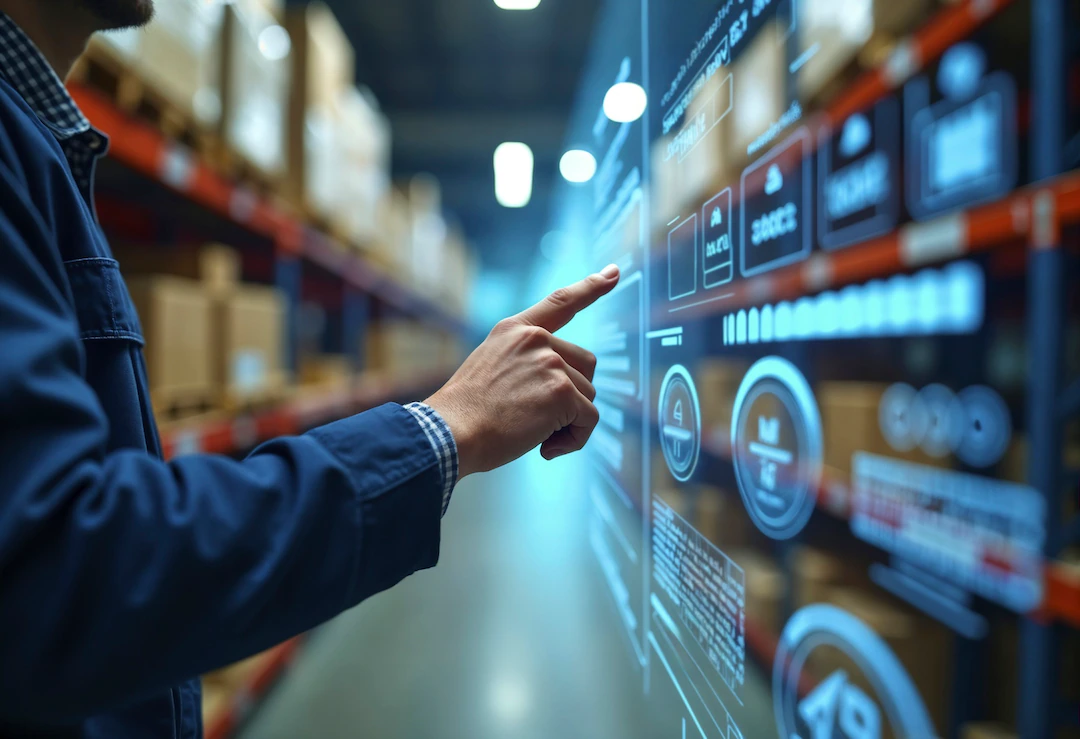
1. What is a Smart Warehouse?
Smart warehouse is a highly automated facility, utilizing cutting-edge technologies so that it would be more effective, accurate, and responsive in operations.
While in normal warehouses most operations are executed by human hands, through smart warehousing, it applies AI, robotics, sensors, and data analytics, where ai algorithms analyze data to automate operations and minimize dependency on humans.
- Features of warehouse managers Automation: Autonomous mobile robots (AMR)-Conveyors-drones.
- Real-time data: IoT devices and sensors feed the visibility about inventory and processes into real-time.
- Integration: Connecting the enterprise resource planning software into warehouse management systems and the appliances that make up the different supply chains.
- Analytics: Live and historical data drives real-time decision-making.
Difference with Conventional Warehouses
Conventional warehouses rely on manual labor for picking, packing, tracking, and shipping. The processes tend to be isolated and limited in terms of integration and visibility.
However, smart warehouses incorporate each activity into an integrated system that processes quicker and enhances operational efficiency with less human touch and an error-free process.
- Smart Warehouse Technologies
- Robotic process automation (RPA)
- Automated guided vehicles (AGVs)
- RFID and IoT-based sensors
- Machine learning algorithms
- Computer vision systems
Smart warehousing overall reduces costs, enhances speed of throughput, and builds client satisfaction which is at the forefront of logistics and supply chains.
2. AI in Warehousing
What is AI in Warehousing?
Artificial Intelligence in warehouses is the application of machine learning, predictive analysis, and automation platforms for pipeline streamlining of functions that would have previously needed human intervention for judgment.
Simply put, an AI warehouse applies an algorithm to data, predicts outcomes, and directs machines or people toward their better decisions.
Functions of AI in the Warehouse
Demand Forecasting: Predict the requirement for a product so that it never runs out in stock or overstocked.
- Route Optimization: Suggest the fastest and most productive picking routes.
- Workforce Management: Man hours assigned based on real-time workloads and priorities.
- Quality Control: Spot broken goods or wrong shipments through the use of vision systems.
Benefits of AI-Powered Warehouses
- More Effective: AI systems complete complex and repetitive processes faster than human beings.
- More Accurate: Minimal mistakes when it comes to picking, packing, and shipping.
- Scalable: System sizing easily to handle increased volumes or types of products.
- Data-Driven Decisions: Better trend prediction and detection.
The implementation of warehouse AI does not just automate, but also changes the whole decision-making capacity of warehouse operations from a reactive to a proactive nature.
3. A favorable AI-induced mode of operating the warehouse: Fluxing without flux.
Inventory, Order Consignment, and Logistics
AI warehouse management software monitors stock levels and provides real time inventory tracking and visibility, automatically ordering new stock when thresholds have been reached. In an order fulfilment operation, AI-based picks and sort reduce the cycle time and increase the shipping speed.
AI does the same in the logistics field through recommendations on packaging and delivery scheduling, where kinetic data are considered, thus reducing costs and maximizing customer satisfaction.
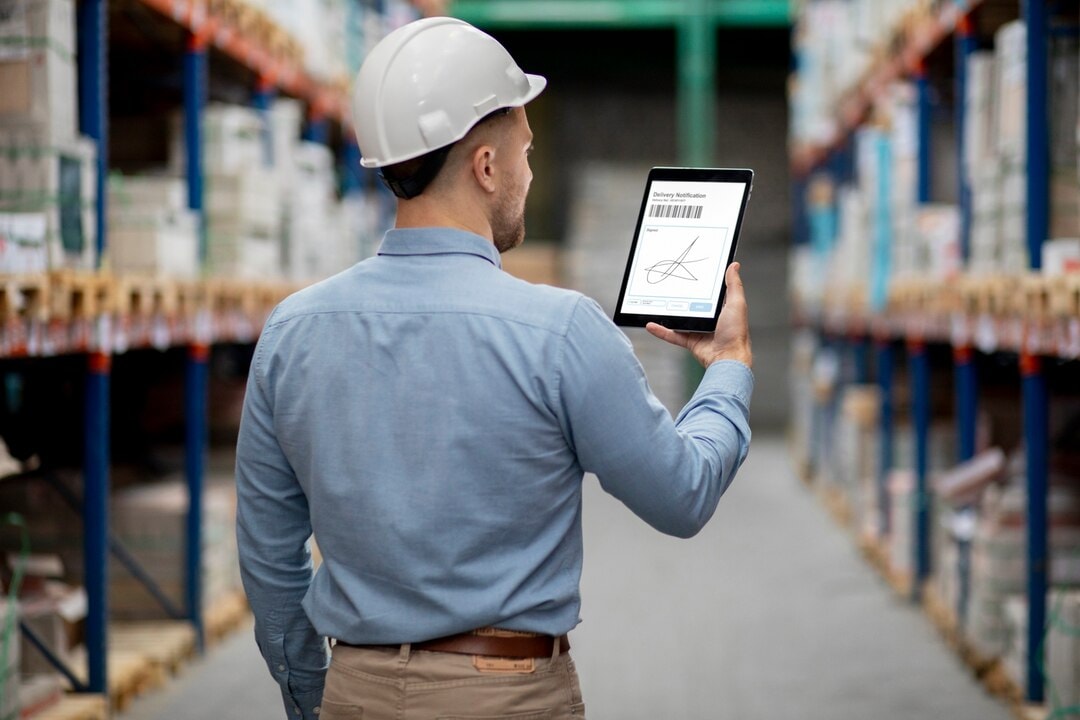
Predictive Analytics to Prefetch Demand
One great advantage of AI warehouse management is the precision that AI offers for high-demand forecasting.
Using old sales information, seasonal demand, and external factors like weather or market conditions, AI can predict future inventory requirements. This ability to forecast will allow companies to maintain lean inventories and avoid costly stock variances.
Real-Time Decision & Automation
The essence of AI is to empower decision-making in real-time, meaning the decision creates instant reaction to acknowledge the new information. For example, where stock is out, the system suggests substitutes or reroutes orders.
Automation allows seamless transition between data insights and maybe action, such as invoking restocking, calling labour, or changing shipping lanes.
4. Vision Technologies: Looking into the Inventory
Introduction to Computer Vision for Warehousing
Computer vision is the part of AI that allows understanding by computers of visual data; in a vision warehouse, sensors and cameras capture snapshot images in real-time, whereas AI algorithms analyze them for product identification, quality confirmation, and tracking of inventory.
Advantages of Computer Vision for Inventory Management
- Autonomous Scanning: Products are automatically identified and logged, thereby minimizing manual barcode scanning.
- Quicker Audits: Entire inventories can be audited without stopping warehouse operations.
- Error Detection: Systems can automatically detect misplaced goods, damage, or anomalies immediately.
Computer Vision Inventory Management reduces human mistakes dramatically and optimizes operations for faster and more accurate inventory control.
Automated Tracking of Inventory and Anomaly Detection
Fixed cameras and drones ensure nonstop automated inventory tracking within our warehouses. AI algorithms compare the visual data against expected inventory position and quantity in real-time to identify anomalies.
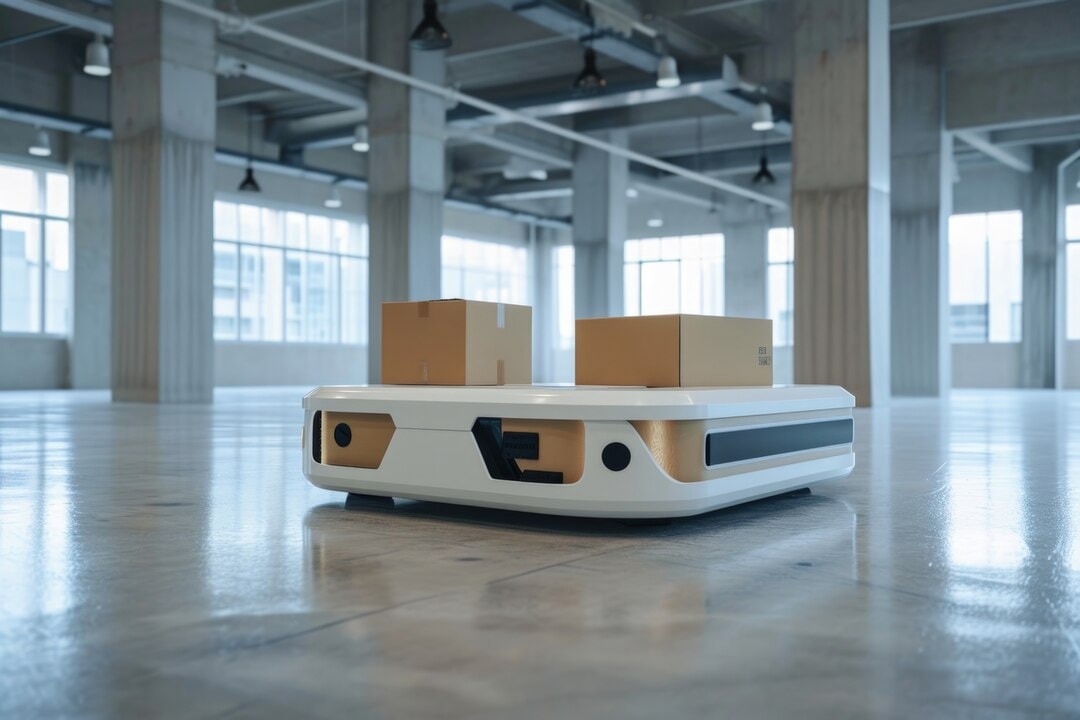
Case Study: The Vision Warehouse at Work
A leading e-commerce retailer installed vision warehouse technology using cameras mounted on the ceiling to observe movement throughout the warehouse. With that, inventory count time was reduced by 80%, and picking errors were cut by over 60%. Such contrive a transformational capability for computer vision in supply chain management.
5. Application of AI and Computer Vision in Supply Chain management
Giving better visibility to the Supply Chain
AI and computer vision are applied towards contributing to end-to-end visibility in the supply chain, providing valuable insights into the entire process . The real-time projection of goods from manufacturing to the delivery point helps proactive management and exception handling capabilities.
Sorting, Picking, and Packing with AI
Robotic arms with AI and vision systems can carry out sorting and picking from mixed and more unstructured environments, thus boost productivity with increased accuracy. The packing algorithm suggests the most efficient manner of filling the boxes, using lesser space, thus cutting down costs in shipping and material use.
Enhancing Accuracy and Reducing Shrinkage
Shrinkage because of pilferage, damage, or loss comprises a very dearly priced problem. AI and computer vision systems keep track of goods all day long and detect abnormal activity, thus ensuring operational continuity while helping relieve losses and enhancing accountability.
6. Challenges and Considerations
Although the prospects of having smart warehouses are very promising, there are still many issues to be resolved.
Implementation Costs
Bringing smart technologies into a warehouse involves a very costly initial capital investment in infrastructure, software, and equipment. The benefit from such investment has been long-term ROI; however, in the intervening period, small and mid-sized organizations may struggle with operational costs due to the initial investment.
Data Security and System Integration
As more warehouses turn to data-driven, developing cybersecurity becomes critical. Secure integration of AI and vision tools with existing systems should avoid any leakage of data or loss of systems and exposure to cyberattack.
Training and Readaptation of Workforce
Transforming warehouses to smart ones requires reskilling the workforce to optimize energy consumption and operational efficiency. Training has to be conducted to enable employees to work with machines and operate digital tools. Technical ignorance and resistance to change may cause the implementation process to stall.
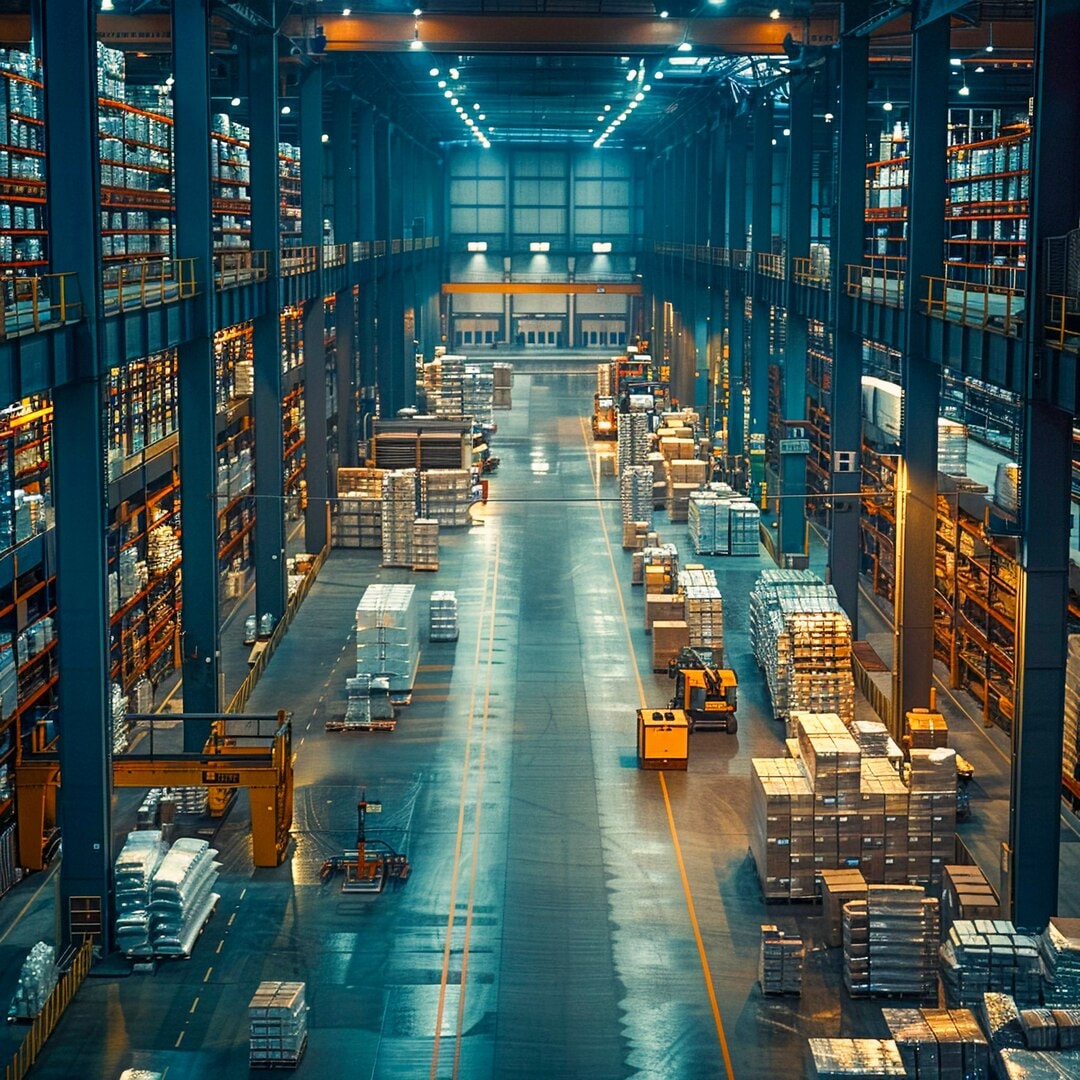
7. Future Trends on Smart Warehousing
Robotics and AI Cooperation
The collaboration among robots and AI systems will become more prominent in future warehouses, enabling better forecasting of future inventory needs . Machines will no longer be limited to performing work on behalf of the latter; they will learn and adapt even while actually doing tasks, thus achieving full automation.
Predictive and Self-Managing Supply Chains
Artificial intelligence will underlie predictive supply chains that forecast disruptions and then handle rerouting or redistributing resources autonomously. Blockchain and intelligent contracts could further work in tandem toward enabling autonomous transaction and adherence.
New Human Worker Role
With machines doing humdrum work, human workers will turn increasingly to functions concerned with monitoring, analysis, and decision-making, collaboration rather than replacement.
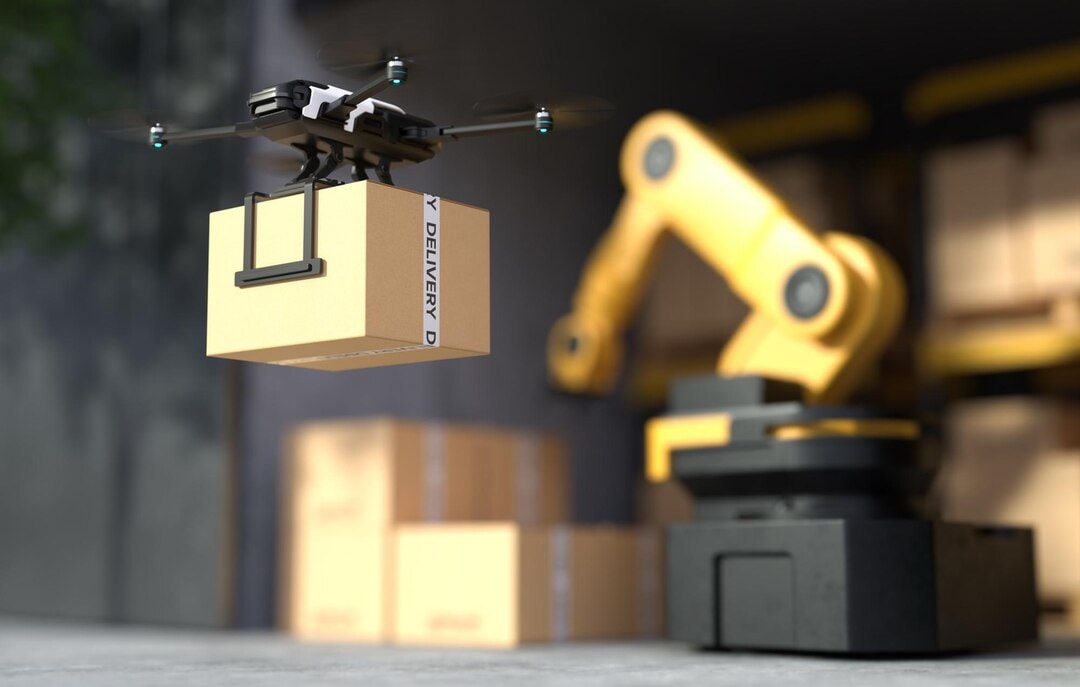
We see the benefits extend all the way from those AI warehouse management systems creating a smooth operation to the applications of computer vision in supply chain logistics: the visibility in these segments now lies beyond the imagination.
AI-driven systems are no longer a matter of conjecture for some future time; they have become essential in the present day for all businesses truly wishing to take a competitive leap and enhance their overall operational efficiency. The rapid change in technology will seem apparent as the businesses must now do the most responsible thing by using automation, reskilling their people for the new technology, and ensuring true responsible data practices.
Thinking Stack has risen to the necessities of the hour in the form of providing smart warehouse technology and AI smart warehouse management systems with solutions aimed to aid businesses to adapt, optimize, and prosper in the new age of logistics.
Are you ready to future-proof your supply chain?
Here is how Thinking Stack smart warehouse solutions help maximize productivity, minimize costs, and scale with your business. Start exploring today because this is the smart future of warehousing.